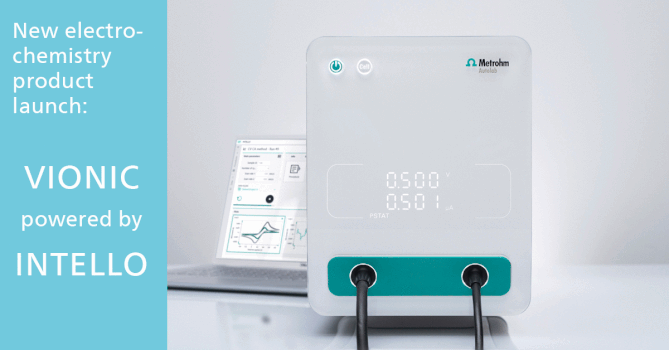By-products in Drinking Water Disinfection
Abstract
Disinfection of drinking water and formation of disinfection by-products in the water treatment process is discussed. Chlorination, the most used method for the purpose, provides a great number of by-products such as chloroamines (by the reaction of chlorine with ammonia), chlorophenols (if phenols are present), haloforms (by the reaction of chlorine with natural organic matter, e.g. humic substances), haloacetic acids (predominantly di- and trichloroacetic acids) and others like chloral hydrate, cyanogen chloride and chlorinated acetonitriles. On the other hand, there is no evidence that chlorine dioxide reacts with organic compounds to give chlorinated products. The residual chlorite, which is used for the production of chlorine dioxide in water treatment plants, is probably the most harmful by-product in this case. When ozone is used for the disinfection, there is a great probability of formation of bromates by the oxidation of bromides in raw water. Generally, formaldehyde can also occur in drinking waters if oxidation agents are used for the water treatment. Many disinfection by-products are known as potential carcinogens.Downloads
Published
2000-11-15
How to Cite
Janda, V., & Svecova, M. (2000). By-products in Drinking Water Disinfection. Chemické Listy, 94(10). Retrieved from http://ww.w.chemicke-listy.cz/ojs3/index.php/chemicke-listy/article/view/2477
Issue
Section
Articles




